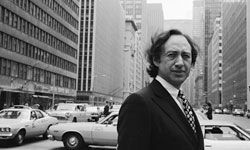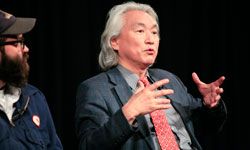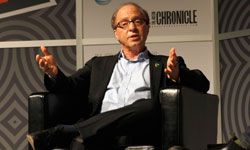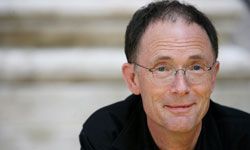In 1900, Smithsonian Institution curator John Elfreth Watkins wrote an article for The Ladies' Home Journal, entitled "What May Happen in the Next Hundred Years," filled with predictions that many of his readers probably scoffed at as ridiculously improbable. Indeed, Watkins was pretty far off about some things. He predicted, for example, that the letters 'C,' 'X' and 'Q' would vanish from the alphabet, streets would be relocated underground, and farms would grow strawberries as large as apples. But what's more impressive is the extent to which Watkins' vision of the future actually has come to pass -- wireless phone networks on which a person in New York could talk to another in China, live TV images being transmitted around the globe, MRI machines, aerial warfare, and high-speed trains traveling between cities at 150 miles per hour. Watkins even predicted the food trucks that have become a fad in cities throughout America [source: Watkins].
Today's futurists -- who aim to forecast trends, inventions and events that will appear in the decades ahead -- would love to be that prescient. But unlike Watkins, who mostly seems to have relied upon his own imagination and wishful thinking, modern forecasters have developed more sophisticated methods for divining what may lie ahead. As Timothy Mack, president of the World Future Society, explains on the organization's Web site, futurists systematically scan the news media and published results of scientific studies, and conduct carefully structured surveys called "Delphi polls" in which they probe the minds of experts in various fields. Many also now create computer simulations and even conduct role-playing games in an effort to foresee what events and trends might result from certain changes, such as worsening environmental problems, the development of new energy sources or changes in the tax system [source: Mack].
Advertisement
Futurists -- whose work often is underwritten by companies and governments trying to prepare for future problems or gain a competitive edge from foresight -- also know that their predictions actually may shape the world ahead. "The main purpose of studying the future is to look at what may happen if present trends continue, decide if this is desirable, and, if not, work to change it," Mack explains [source: Mack].
Here are 10 futurists who've greatly influenced modern society with their predictions of what may lie ahead.





